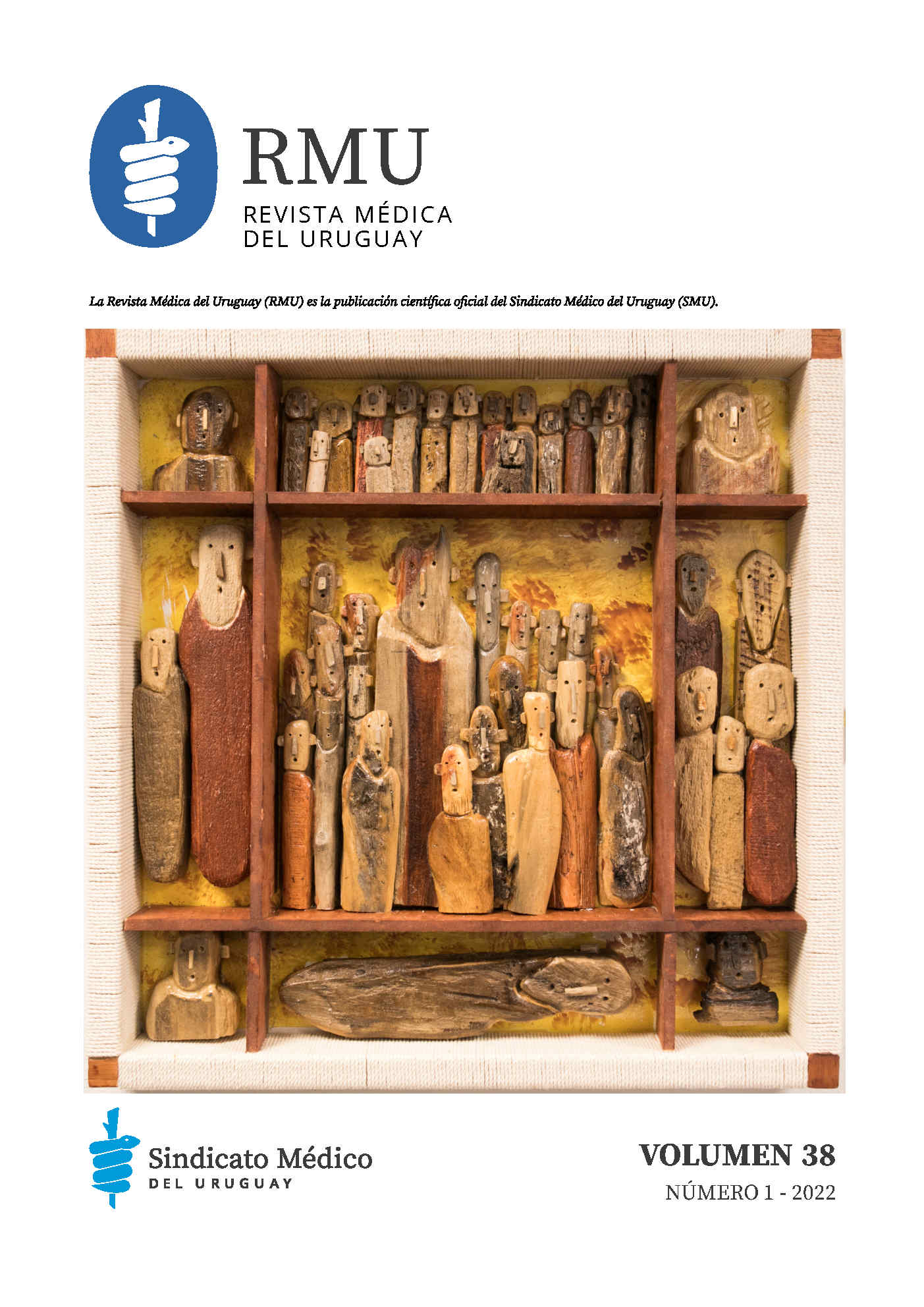Two known approaches to the determination of neurological death in adults
Proposal of a unified concept
Abstract
The more progress is made in the knowledge of irreversible acute brain injury (ABI) and its potential evolution to brain death (BD), the more possibilities there will be for recruiting donors, with the consequent reduction in waiting lists. In our opinion, the intensivist doctor should keep this possibility in mind when dealing with victims of neuroinjury regardless of its etiology. In addition, it is essential that you know the pathophysiology of the EM syndrome and the steps to follow to carry out a complete, exhaustive and rigorous neurological examination to confirm it. To date, there are two concepts of death according to neurological criteria: total brain death (TBD) and brainstem death (BD). Although both definitions are accepted by the world medical community, some countries adopt one or the other, receiving the corresponding legal framework that endorses it. We will discuss both concepts, with the intention of trying to generate a unified and agreed concept of BD.
References
2) Greer D, Shemie S, Lewis A, Torrance S, Varelas P, Goldenberg F, et al. Determination of brain death/death by neurologic criteria: the World Brain Death Project. JAMA 2020; 324(11):1078-97. doi: 10.1001/jama.2020.11586.
3) Truog R, Krishnamurthy K, Tasker R. Brain Death-Moving Beyond Consistency in the Diagnostic Criteria. JAMA 2020; 324(11):1045-7. doi: 10.1001/jama.2020.11665.
4) Bernat J, Culver C, Gert B. On the definition and criterion of death. Ann Intern Med 1981; 94(3):389-94. doi: 10.7326/0003-4819-94-3-389.
5) Kondziella D. The neurology of death and the dying brain: a pictorial essay. Front Neurol 2020; 11:736. doi: 10.3389/ fneur.2020.00736.
6) Escudero Augusto D, Otero Hernández J. La muerte encefálica. En: Ortega F, Arias M, Campistol J, Matesanz R, Morales J. Trasplante renal. Buenos Aires: Médica Panamericana, 2007:20-5.
7) Wijdicks E. Determining brain death in adults. Neurology 1995; 45(5):1003-11. doi: 10.1212/wnl.45.5.1003.
8) Bleakley G. Understanding brainstem death testing. Br J Neurosci Nurs 2017; 13(4):172-7. doi: 10.12968/ bjnn.2017.13.4.172.
9) Correa H, Puppo C, Biestro A, Mizraji R, Cancela M, Grille P, et al. Muerte encefálica: actualización de Consenso de muerte encefálica en adultos. 5 ed. Montevideo: Instituto Nacional de Donación y Trasplante de Células, Tejidos y Órganos, 2016.
10) Webb A, Samuels O. Brain death dilemmas and the use of ancillary testing. Continuum (Minneap Minn) 2012; 18(3):659- 68. doi: 10.1212/01.CON.0000415434.91771.9b.
11) Escudero D. Diagnóstico de muerte encefálica. Med Intensiva 2009; 33(4):185-95.
12) Cameron EJ, Bellini A, Damian MS, Breen DP. Confirmation of brainstem death. Pract Neurol 2016; 16(2):129-35. doi: 10.1136/practneurol-2015-001297.
13) Smith M. Brain death: the United Kingdom perspective. Semin Neurol 2015; 35(2):145-51. doi: 10.1055/s-0035- 1547534.

This work is licensed under a Creative Commons Attribution-NonCommercial 4.0 International License.













